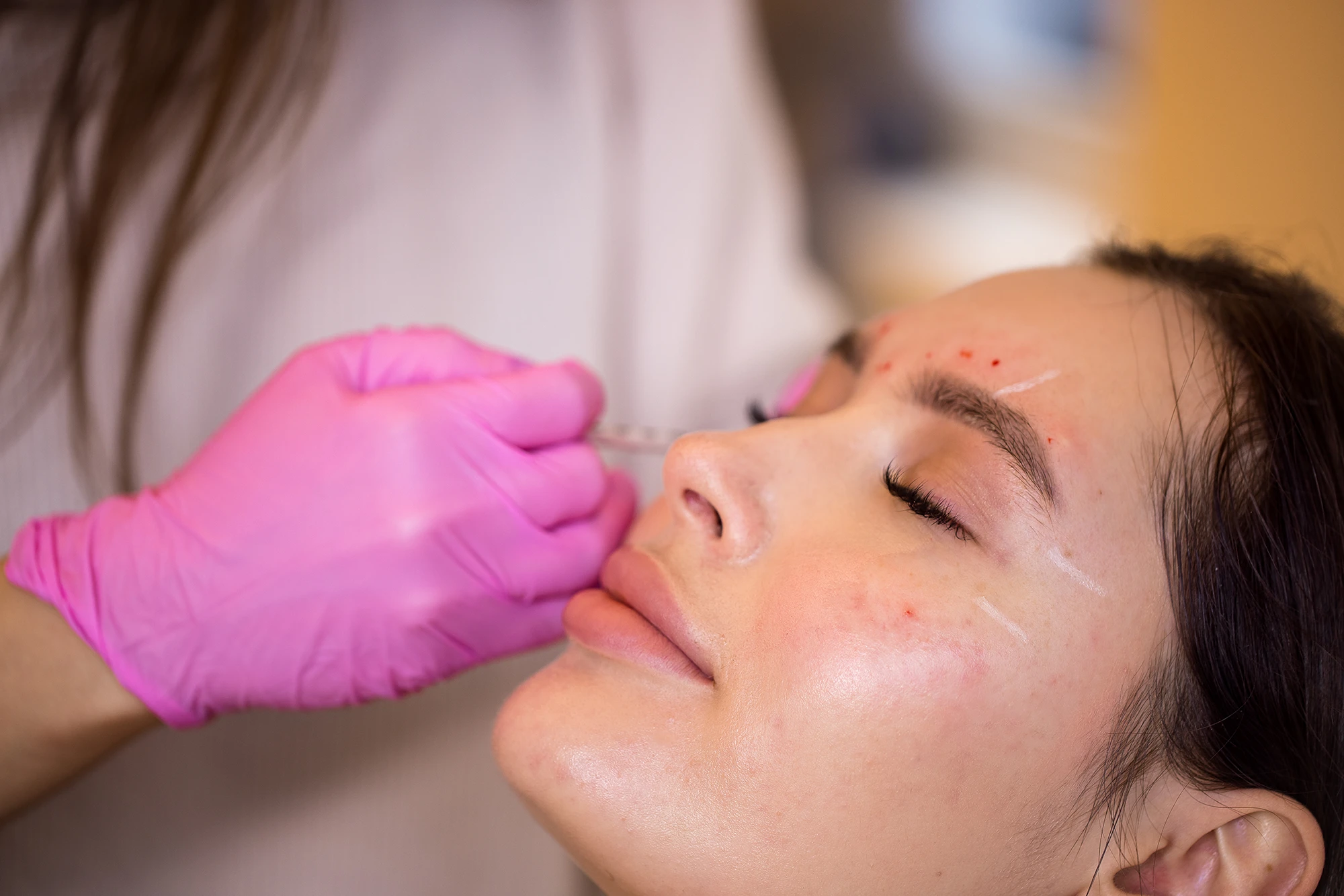It is also the biggest organ, and we all know how it is exposed to different forms of injuries and abuse. This includes sun damage, wrinkles, burns, bruises, as well as cuts and abrasions. Everyone wants to be youthful with smooth, soft skin. But, as you may have guessed that it is a huge effort to achieve this, as it will happen without a solution to slow the aging process.
In the last few years, the discovery of the potential for stem cells to regenerate has prompted research and interest in ways to use it to be used to treat rare ailments and help make skin appear younger and healthier; hence, the idea of cell therapy was born.
What Is Cell Therapy?
It is the method of introducing healthy and new cells to replace the damaged and damaged cells in an individual. It was in the past that the introduction of stem cells to patients suffering from conditions of the heart and spinal muscular atrophy, and genetic loss of vision was successful.
There are numerous kinds of cell therapy. Certain types of cells can be utilized in regenerative medicine, as well as immunotherapy and chemotherapy for cancer. Regenerative medicine can benefit from stem cells, particularly exosome therapy. Exosome therapy can help restore organ function and promote tissue renewal. Exosome is a company that offers exosome therapy.
The company manufactures this for universities and biotech companies to aid in the advancement of research on stem cells. It also helps medical researchers find new treatments and medicines.
But today, the focus on stem cells highlights how they could help revitalize the skin, which is not unusual in this social-media-obsessed world. Here are a few ways that stem cells can boost the energy of the skin:
Regenerate Sun-Damaged Skin
Adult stem cells taken from the abdomen of a patient were used to rejuvenate the facial skin of people who had an age range of between 56 and 57. Results indicated partial and some significant reversal of the skin’s elastin system and created a skin structure that was more supple and even-toned.
The stem cells injected eliminated the sun-damaged elastin and replaced it with fresh, vibrant ones. Patients’ own MSC, also known as mesenchymal stem cells, played a key role in the full structural renewal of the facial skin damaged by the sun.
Facilitate Facial Lift
Face lifts with surgical procedures were the most effective way to make your face appear youthful and attractive. It’s an expensive and painful procedure with a long recovery time. The majority of the time, face lifts performed by a surgeon result in unnatural-looking skin. Yet, many choose to undergo surgery for a facelift due to the absence of an alternative.
Anyone can now have an easy procedure that doesn’t require surgery to take the years off their face with the help of the treatment of cells. Stem cell facelifts work by removing fat tissue from the body of a patient and sending it to a lab to separate the healthy stem cells that are healthy, and then injecting them beneath the skin to alter the skin’s production of collagen.
The procedure also aids in facilitating an efficient flow of blood for a radiant, as well as young, appearance. The stem cells will be injected into certain facial areas to regain plumpness and give volume to wrinkled areas.
Collagen is a common component of the body, helping to repair tissues, heal wounds, and help make skin elastic. As we age, the production of collagen decreases in the body, which results in wrinkles, lines, and dryness. Stem cells are the source of this. There is an explosive growth of collagen, which stimulates the surface of skin and makes it firmer, glowing, brighter, and luminous. The result is the disappearance of wrinkles as well as the appearance of plumpness. People may comment on the fact that you appear 10 years younger than you are everywhere you go.
Help Treat Skin Conditions
The severity of autoimmune and inflammatory skin disorders like vitiligo, psoriasis, and atopic dermatitis can significantly impact the quality of life of an individual. Mesenchymal stem cells have been discovered to ease the effects and symptoms of these atypical skin disorders. In certain instances, the treatments work as immunosuppressants. In other cases, they can be used as grafts to culture for serious diseases.
Regeneration of the skin seems to be impossible in the most severe cases of these conditions. But, with the help of cells, people suffering from the disease can lead a normal life after an intervention. The skin affected can be rejuvenated. The therapy can trigger the regeneration of cells as well as their ability to heal is possible.
Conclusion
Under the knife treatment will soon become a fading procedure once cell therapy becomes the standard in dermatology. Smooth, supple, and more youthful-looking skin can be easily achieved with the use of non-invasive procedures like cell therapy.
Before this, only embryonic stem cells were believed to be suitable for treatment; today, there are a variety of options available to patients, including umbilical cord as well as adult stem cells. The future of medicine appears more promising with the advances and research into the positive effects this technique can bring. Anyone who wants to have more youthful skin can make it a possibility.


